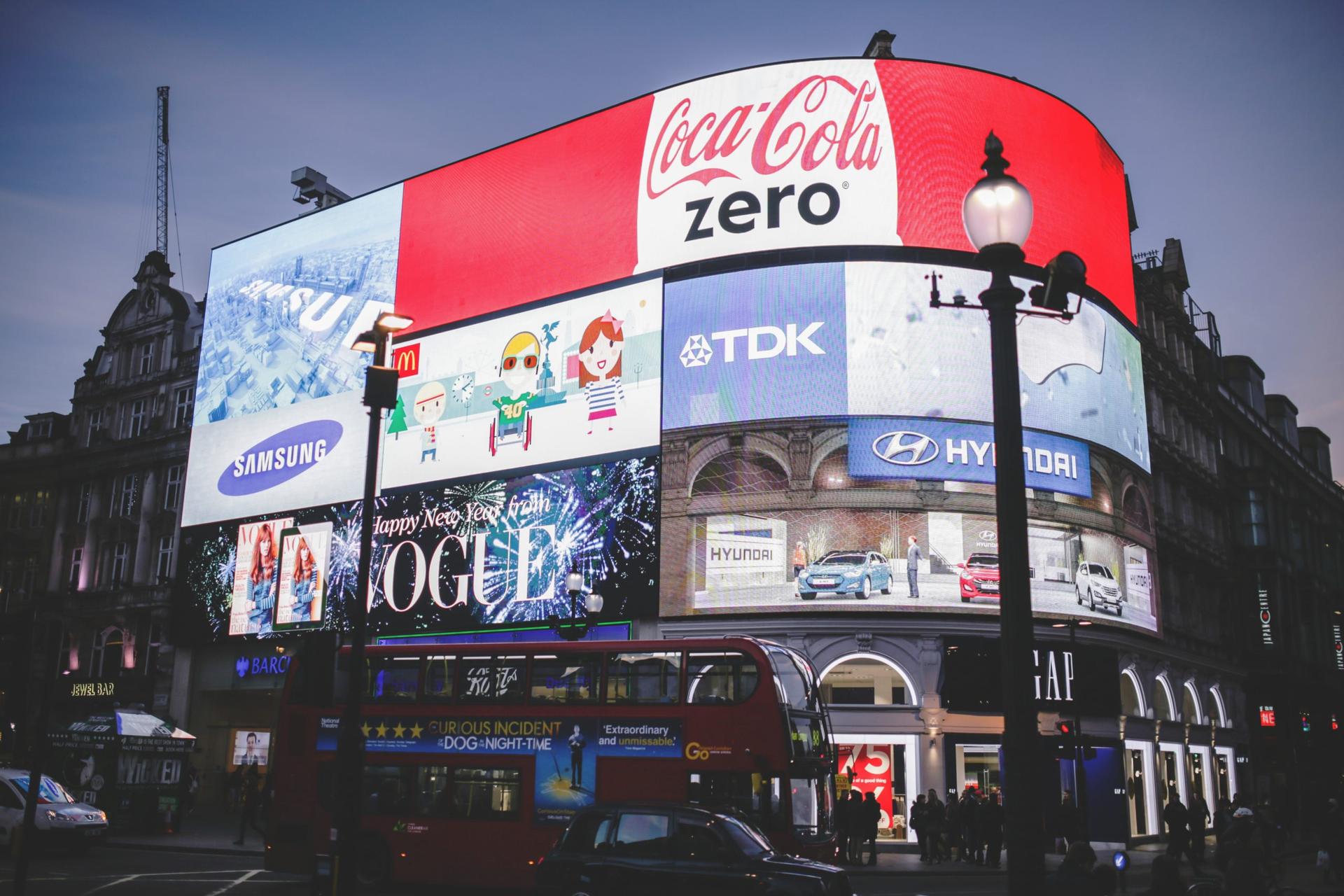
Photo by Negative Space from Pexels
Any successful business relies on two types of loyalty: brand loyalty and customer loyalty. The former deals with brand perception while the latter with consumer spending.
When someone identifies with a brand on a personal level, that’s brand loyalty. They patronize your business because they feel you’ll meet their expectations without fail.
By contrast, customer loyalty is when a person has had a positive enough experience with your business to engage with you regularly. It can result from great product or service offerings, as well as excellent customer service, and it goes hand-in-hand with customer satisfaction.
What do brand and customer loyalty mean for your organization? Let’s explore the value of these two kinds of loyalty, as well as tips for building positive sentiment.
How to build brand loyalty
Brand loyalty is kind of like a flossing habit: it’s easier to maintain once you’ve established it. Your customers or clients won’t be motivated to try the competition as long as the quality of your offerings remains the same over time.
And it’s not only about maintaining momentum and improving customer retention. Brand loyalty reduces the weight of pricing in buyer psychology. After all, many people would rather stick with a company they trust than switch to an unknown quantity, even when it means paying more.
Here are six tips on how to increase brand loyalty among your customers or clients:
Demonstrate your commitment to social good.
Every business has a responsibility toward the people it serves. Consumers expect brands to reflect this. They want your business to demonstrate awareness of your social and environmental impact, as well as your commitment to making the world a better place.
You can show what your brand stands for in different ways, depending on the nature of your business. For example:
⦁ A restaurant or retailer may source directly from local and organic producers or choose sustainable custom packaging for their products to advocate for the environment
⦁ A professional service provider, such as an attorney or financial advisor, can offer their services for free to under-served members of their local community.
⦁ Any business can join in on national conversations on social and environmental issues, and amplify the voices of people dedicated to doing good.
Offer high-quality content.
A significant aspect of what makes a business successful is the quality of the product or service the business offers. But that doesn’t have to be the only way you provide value to the people you serve. High-quality, relevant content—including videos, articles, guides, and more—can give your audience information they need to make better decisions, solve problems, and stay up-to-date, thereby improving affinity with your business and brand.
The aim of producing content should be to inform, engage, and educate, which is especially important if you’re just starting out. Rather than focusing on what makes your business great, lead with practical resources developed with your audience’s needs in mind. Give them what they need and you’ll start generating brand loyalty.
For more about content creation, check out Ruby’s article, “Content marketing & social media: 4 easy tips for getting started.”
Consider brand partnerships.
Brands mutually benefit when they collaborate. If you partner with a reputable brand, their loyal customers will most likely check out your brand as well. Partnerships leverage the unique capabilities of each brand. The result is added extrinsic value to both of your products and services. You can also expect an increase in exposure. For example, when Coca-Cola partnered with K-pop group BTS, the drink manufacturer earned an 83% increase in brand interest.
(Small businesses can benefit from collaboration too—even with their competitors!)
Keep branding consistent.
The essence of building a brand is consistency in messaging. Customers are always looking to get a similar quality of experience every time they engage with your business. For example, a person who regularly gets their caffeine fix from Starbucks expects the same kind of coffee and service whichever branch they go to.
Having a common thread in your brand’s packaging, design, and product offerings builds awareness and trust among your customers. It’s not easy to maintain this trust over time if you’re sending mixed signals or competing messages.
Ensure credibility of your brand.
Brands need to compete for customers’ attention across multiple platforms, including social media, email, search results, paid advertising, and more. These channels all play a role in establishing a business’s voice and credibility.
Among the most important channels are review sites. As vital as it is to position your brand as solid and credible, your customers’ or clients’ unbiased feedback matters as much, if not more. Indeed, people trust other people more than they trust brands.
Invest in employee engagement.
Happy employees could be your best brand advocates, offering a more transparent look at your company, culture, and values.
One easy way to foster this is through gifts for employees. Whether it’s for the holidays, another occasion, or just because, customized apparel and merch helps your employees embrace and show off your business—increasing brand recognition everywhere they go (IRL and on social media) as a result.
Gifts are just the tip of the employee engagement iceberg. People want to work for employers who empower team members, create connections, and pursue meaningful purposes.
How to build customer loyalty
Customer loyalty is a trickier thing to maintain than brand loyalty. It’s less like flossing and more like taking care of a plant—understanding and meeting its often-changing needs, knowing when to offer it TLC and when to pull back and give it space.
It can take a great deal of effort. Customer communication, service, support, promotions, and marketing all require serious time, planning, and resources to aunch and maintain. It’s no wonder there are people whose jobs and companies whose functions entirely revolve around customer loyalty.
Keep in mind that, in general, customer loyalty derives from the value someone gets from your business. From rewards to affordable pricing to responsive customer support, we’re talking about embedding value in multiple touchpoints throughout the customer lifecycle.
Here are a few ways to do just that:
Consider a rewards or loyalty program.
Every business thrives on sales. Simply put, the more customers buy your products or services, the more your business grows. One way to ensure that customers remain loyal to your brand is to implement a rewards program.
It can be a points-based system where customers earn points every time they buy something. The points can be convertible to discounts or freebies. On the other hand, a tier-system rewards program might be a better option for businesses that deal with luxury purchases.
That said, such programs aren’t the right fit for every business. For service-oriented businesses such as home repair companies and marketing agencies, a better approach is to invest in establishing trusted, personal connections with customers and clients.
Provide stellar customer support.
The close of a sale isn’t the end of your relationship with a customer—if anything, it’s the beginning! Make sure the people you serve feel valued and cared-for, and they’ll reward you with repeat business and referrals.
Want to optimize your customer service? Start here.
Think about your prices.
Price is no doubt one of the key considerations for consumers. That doesn’t mean the business with the lowest price always has the most buyers, or the most loyal buyers. Remember that your prices reflect the value of your offerings. A low price could indicate substandard quality. Prices that are too high, however, alienate the market.
Pricing matters to your existing customers, too—and an unexpected bump might put off some of your loyal customers or clients. When you do change your prices, make sure the change is reasonable (i.e. the market can bear it) and justified (i.e. there’s a clear reason behind it).
Build community.
There’s no denying that word of mouth is the most effective form of marketing. As we mentioned in regard to brand credibility, people trust their peers or someone they already know over a business’s claims about itself.
This isn’t a challenge, but an opportunity—a perfect opportunity to build a community among the people you serve and encourage them to talk to each other about topics relating to the industry. Capitalize on this sense of belonging, show your clients or customers that you’re part of their community, and embrace transparency, and your audience will feel that they have a stake in running your business, thus building a strong connection to your company.
Personalized packaging and offers.
Making your customers feel special is a no-brainer in business. That’s why the top-performing businesses recreate the feeling of receiving a gift for their customers through creative custom product packaging.
There are plenty of other opportunities to create the same feeling, and lots of little ways you can personalize your customers’ experiences. For instance, on occasions like birthdays, anniversaries, and holidays, you may want to send a personal greeting in the form of an email or letter—or even offer an exclusive discount for your loyal customers.
Here are five easy ways to make connections with your customers every day.
The bottom line
So which matters more: brand loyalty or customer loyalty? It’s not one or the other—and your business doesn’t have to choose. Both brand loyalty and customer loyalty are integral to your business’s success. And give the fact that it costs more to acquire new customers than retain existing ones, they may be the secret to achieving your business’s long-term goals.




